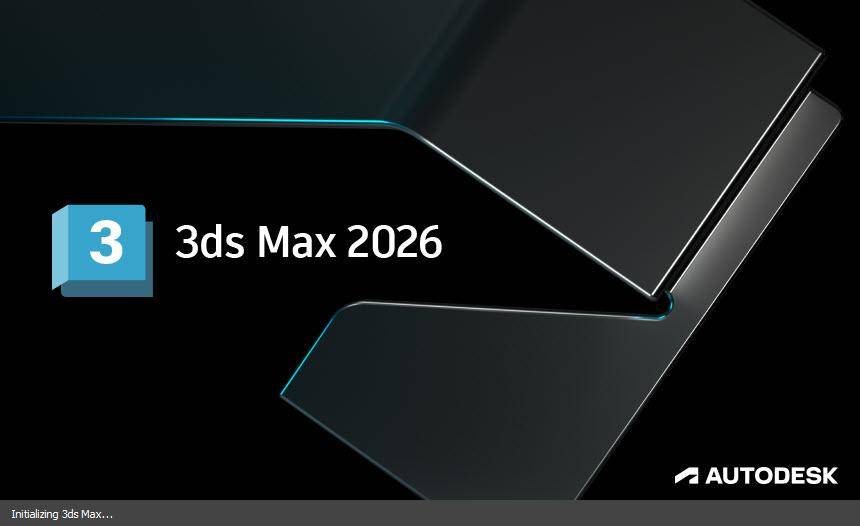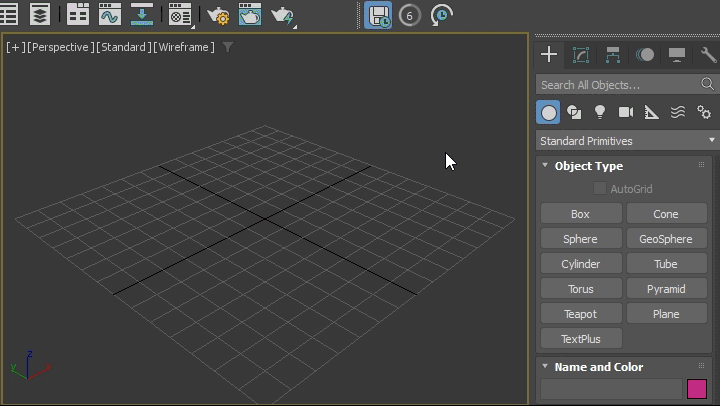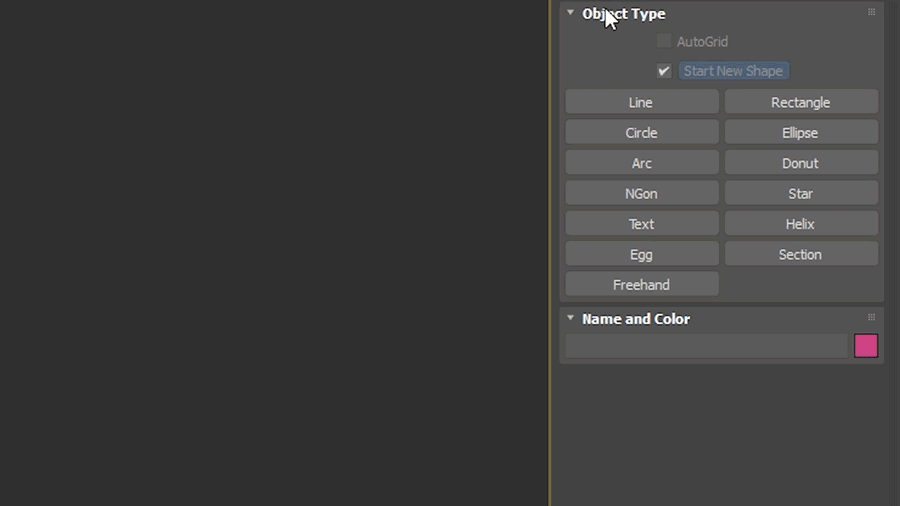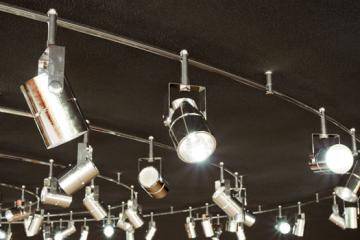News
Read the latest developments from ITOOSOFT

Autodesk has announced the new features of 3ds Max 2026, brining many small day-to-day improvements in modeling, animation, spline creation, performance and rendering. While feature updates now arrive regularly throughout the year—rather than being reserved for major version changes—this release brings together several long-requested improvements, plus some handy new features to speed up workflows.
We're currently testing 3ds Max 2026 with our tools at ITOOSOFT. Plugin compatibility updates for Forest Pack, RailClone, and others are in the works, and we'll announce official support as soon as everything is ready for production. Until then, let's take a look at what's new in the latest version of 3ds Max
OpenPBR is now the default material
OpenPBR is the new default material in 3ds Max. This physically-based shader is designed to be intuitive and expressive, while supporting increased interoperability through MaterialX and OpenUSD. OpenPBR provides a consistent interface across different tools, helping artists stay focused on creativity instead of compatibility concerns.
Vertex Weld modifier updates

The Vertex Weld Modifier has been updated and now supports spline objects in addition to meshes, making it easier to clean up and unify imported vector shapes or fonts. This is especially useful when working with logos or other open spline data. Alongside this, a new cleanup operation helps remove unnecessary geometry left behind from topology changes.
New “Preserve Stack Position” feature
A small addition is the Preserve Stack Position toggle which once you've tried it you'll wonder how you lived without. When this mode is activated, Max remembers which modifier you had selected on an object and brings you right back to it when reselecting that object later, making it much easier when editing multiple objects.
Smarter object dearch in the Command Panel

Searching for objects has also been improved. A new Object Search Widget has been added to the Create section of the Command Panel, making it faster to find what you need without digging through drop-down menus or tabs. It supports previously used items and highlights search terms to speed things up further.
Performance improvements
Performance has obviously been a focus for this release. The Boolean Modifier using the CARVE algorithm is now up to 40% faster, and the Array Modifier benefits from a 15% boost in speed. Other modifiers like Conform and Displace also show notable improvements, depending on scene complexity. Fluid simulations and viewport performance benefit from smarter multithreading and better hardware use, resulting in more responsive navigation and playback of animations.
Viewport, CAT & Biped improvements
For animators, updates to CAT and Biped help improve stability and control. CAT has received fixes around motion layers, cloning, and footprint nodes, addressing long-standing quirks that disrupted animation workflows. Biped users now have more control over extra bones and benefit from a new name-matching system when working with BIP files, making character rig modifications safer and more predictable.
New OSL maps
There are also some new tools for material creation, especially for users working with OSL maps. Three new maps have been added: Perlage, for generating circular groove patterns; Flow Map Transform, for managing anisotropy direction; and a new version of the Numbered File Name shader, which offers more precise control over image sequence playback.
Better spline control: 3-point rectangle creation

When drawing a rectangular spline, it is now possible to define its shape using three points, allowing for angled rectangles that aren’t locked to the world axis. It’s a small improvement, but undoubtably helpful when you need to quickly create non-aligned shapes directly in the viewport.
Retopology Tools v1.6 and Flow Retopology
Retopology tools have also been updated. The ReForm algorithm has been refined for faster processing, and Flow Retopology - which uses cloud processing to handle complex meshes - is now included with 3ds Max. You can submit up to 50 jobs per month, helping free up local resources and allowing for parallel retopology operations on the same asset.
USD updates and Arnold support
Support for USD continues to grow, with version 0.10 introducing a new Layer Editor for better control over USD layers. Light linking is now supported, and you can view USD BasisCurves directly in the viewport. The USD plug-in now ships with 3ds Max, reducing the need for separate installations.
3ds Max 2026 now ships with Arnold 7.4 and MAXtoA 5.8.0. Key improvements include more realistic shadows for glass objects, thanks to a new transmission shadow density control. Glossy materials benefit from improved global light sampling, especially in scenes with many small light sources. Cryptomatte is now more efficient and GPU-compatible, with lower memory use and better performance during progressive and adaptive rendering.
The Arnold RenderView has also been refined, with new DPI-aware icons, improved logging tools, and the ability to isolate materials and maps—making shader debugging much easier. Other updates improve OpenVDB performance, UV baking speeds, and Alembic motion blur flexibility. MaterialX support has also expanded, and Arnold now fully supports the OpenPBR MaterialX node, helping standardize material definitions across different renderers.
Substance update and more
Finally, Substance integration has been updated to version 3.0.5, and new controls for instanced lights and metadata tagging in image outputs are included.
For a complete list of updates and detailed technical information, be sure to check out the official documentation from Autodesk. It covers every change in 3ds Max 2026, including feature specifics, known issues, and additional resources for getting started.


